Guatemala Weaving Cooperatives
Guatemala Weaving Cooperatives began and continued during the years of the Guatemala Civil War. Woman with the skills of the Back Strap Loom began organizing other woman in Villages with special skills.
Finding Woman to Grow Organic Cotton, others to grow, harvest and prepare the herbs for the natural dying process used to color the textiles.
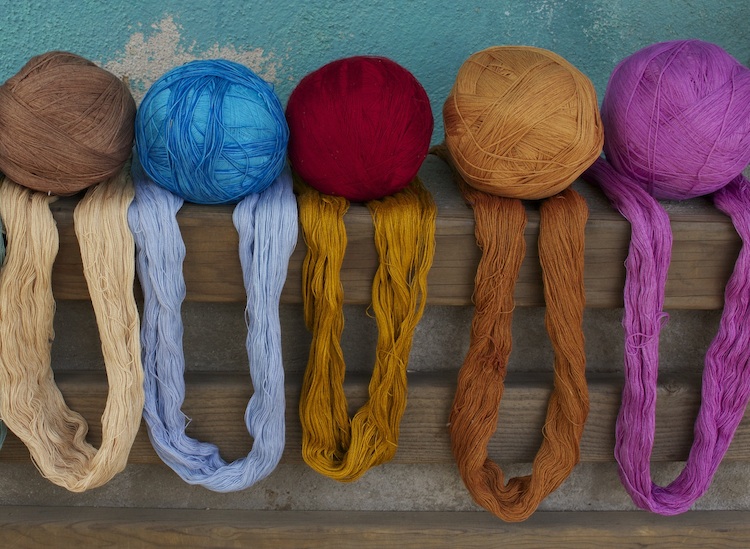
Guatemala Weaving Cooperatives
Woman spun the cotton, dyed the cotton, prepared the weaver layout and design, then woman who had master the Mayan skills to weaver complex and detailed designs for the final product began to weave the final product.

Guatemala Weaving Cooperatives
Not a lot has changed over the years for the most part the process explained above has remained the same. Except how Weaving Cooperatives sell the products they produce and to whom.
For most Weaving Cooperatives life changed after the Civil War as tourism was revived in Guatemala. Millions come to Guatemala each year now and having read on-line by those that post such information, it was suggested you should Barter with these Guatemala Weaving Cooperatives.
A Scarf in a Weaving Shop is for sale for $10. That Scarf took two weeks to make in total, now a Tourist offers the Cooperative owner $5. They take it because Cooperative needs the money.
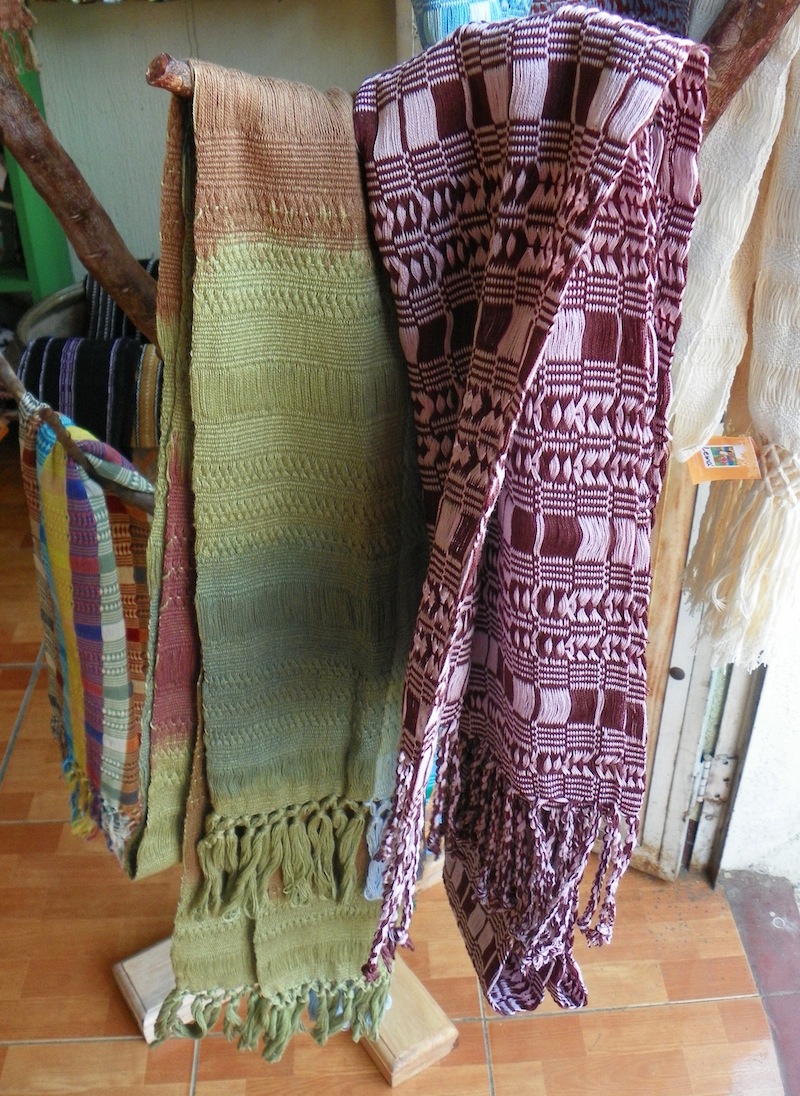
Guatemalan Handmade Scarves
The World Wide demand for the handmade products grew. Organizations, NGO’s and what we call Predator Websites became the sales channel for Weaving Cooperatives to sell products. Weavers are paid today by these groups above less then 12% of the retail selling price of a product.
Predator Websites pay the Weavers $40 for a Huipil that these on-line Predator sell for $300. Many claim to be donating money back to the Weavers, which is true a $40 donation out of a $300 Sale.
Why, Guatemala Weaving Cooperatives lacked access to technology in order to have control over who and how the products they produced are sold. Ethical Fashion Guatemala decided a number of years ago to change how Guatemala Weaving Cooperatives and Guatemala and Artisans in general would have access to technology for selling the products on-line.
Today Ethical Fashion Guatemala provides Guatemala Weaving Cooperatives and Artisans with Free access to the technology needed to sell products on-line. Our Transparency policy is clear, Ethical Fashion Guatemala changes Guatemala Weaving Cooperatives 10% of the retail selling price of the products sold the use of Ethic Fashion Guatemala’s E-Commerce technology.
Casa Flor Ixcaco is a Guatemala Weaving Cooperative
The vision for Casa Flor Ixcaco started in 1950, through seven year-old Teresa Ujpan Perez’s interest in back-strap weaving. The economical condition of Guatemala impelled her to move to the coast and begin work as a cotton picker. The job allowed her to learn all about the plant and its cultivation.
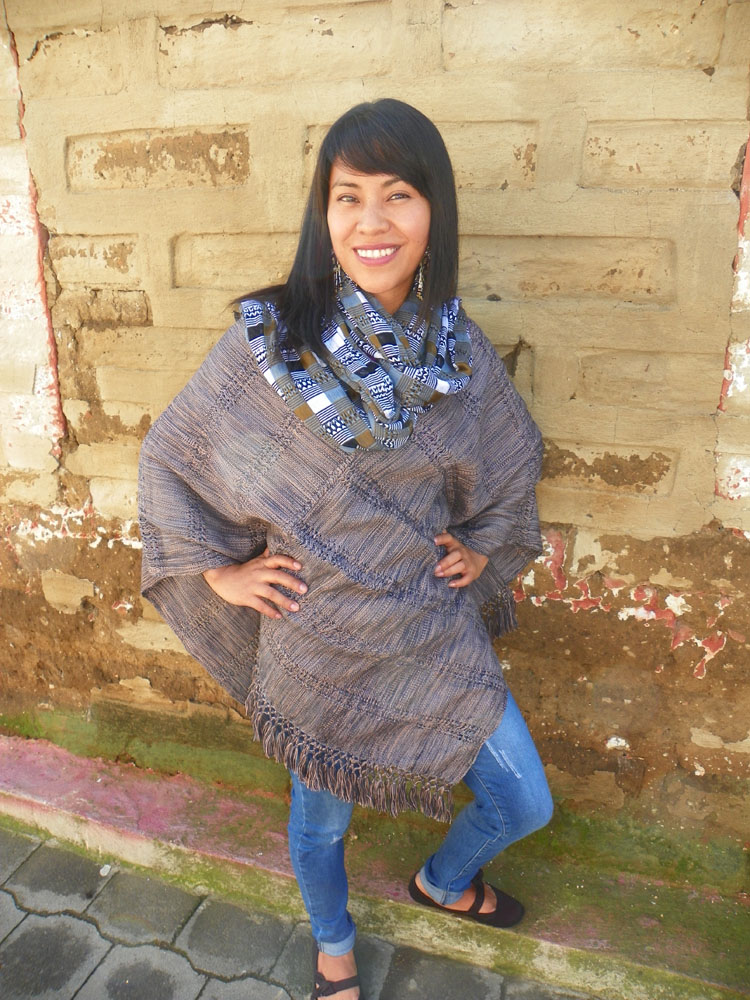
Guatemala Weaving Cooperatives
After marrying and starting a family, she needed to provide financial support to her family, and returned to her weaving loom. The income earned at a shop wasn’t substantial, so she formed her own group of weaving women.
In 1984, Teresa learned how to spin cotton, and in 1996 she began organizing the group with the goal of commercializing their own handmade products. In 2009, the market had grown, and the women decided to weave exclusively with organic cotton, planting their own cotton just outside of town in the mountains. Today, Casa Flor Ixcaco houses 22 families dedicated to the production and commercialization of handcrafted items created in the most natural way possible.
¨Casa Flor Ixcaco envisions fostering education and supporting children in San Juan La Laguna through scholarships and financial aid. By selling and commercializing our natural weaving products, we can ensure a better future for our children so they can not only finish their studies, but also continue on to college.¨
Casa Flor Design has provided design ideas and services for clients world wide.
San Juan La Laguna Guatemala Weaving Cooperatives,
Lema Weaving Association
Lema Weaving Association San Juan La Laguna is a cooperative that was started to improve economic conditions and the quality of life for women in the community of San Juan La Laguna, Lake Atitlan.
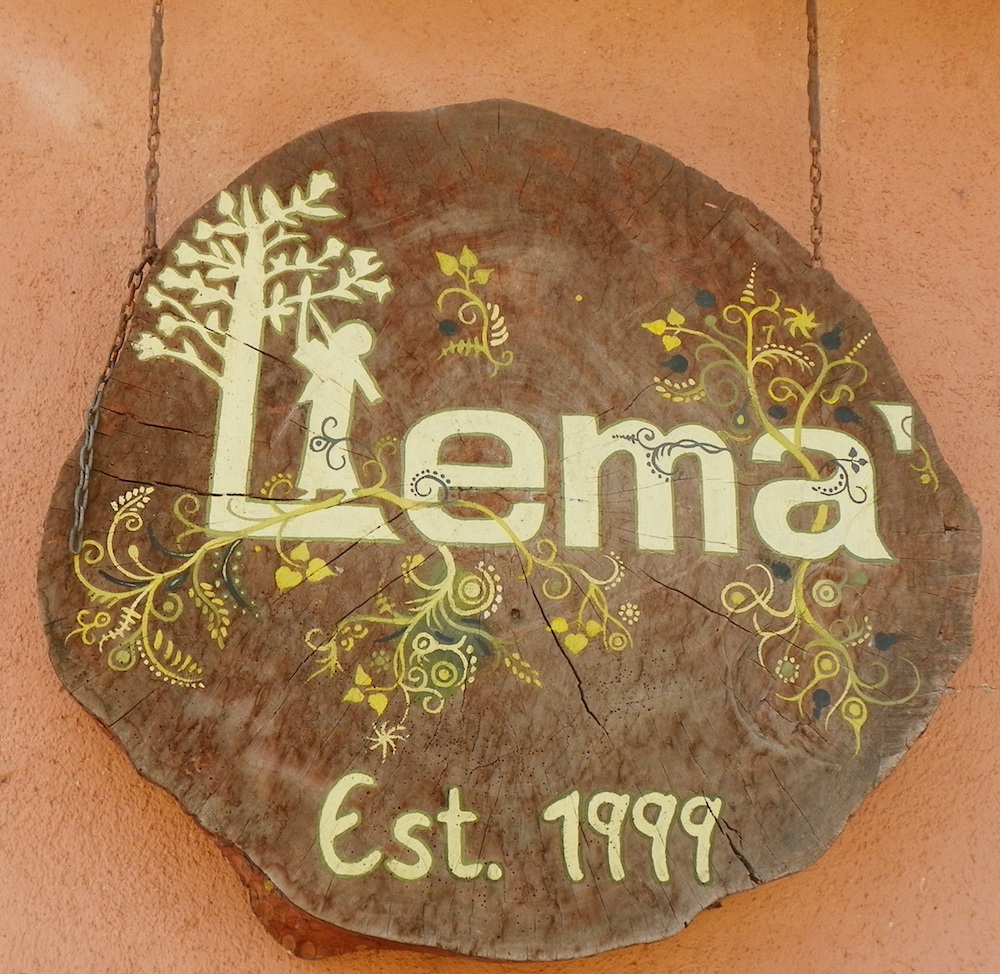
Lema weaving co-op san juan la laguna
It has played a vital role in enhancing the community and the economic well being of the members.
Lema’ Weaving Association represents 15 Tz’utujil families who have joined together to produce unique and culturally reflective weaved items. Each member learned the craft of traditional weaving from their mothers and grandmothers.
Lema Weaving Association is tucked on the southern shoreline of Lake Atitlan is the indigenous village of San Juan La Laguna. Of the ten thousand residents in San Juan 95 percent of the population is comprised of Tz’utujil, one of the 21 Maya ethnic groups that live in Guatemala.

Rosa Lema Weaving Association
The Tz’utujil are noted for their continuing adherence to traditional cultural and religious practices.
The traditional dyeing techniques that the Lema Weaving Association in San Juan La Laguna is using dyes or colorants derived from locally found plants, trees, and insects in the Lake Atitlan area. The roots, bark, leaves, berries, wood, and insects each produce a different color and hue. A few of the plants that are used are coconut shell, pericón, pepper, purple basil, hibiscus flowers, and achiote, among many others.
Using the backloom method of weaving the Lema Weaving Association San Juan La Laguna produces purses, bags, shawls, scarves, huipiles, serapes, tablecloths, place mats, napkins, cushions, bedspreads, hammocks, and many more items.
Guatemala Weavers San Antonio Aguas Calientes. On a recent Saturday morning, we got on a chicken bus, painted in typical clamorous colors, and missiled our way through winding roads to San Antonio Aguas Calientes Guatemala, a pueblo just 9 kms southwest of Antigua Guatemala.
Guatemala Weaving Cooperatives San Antonio Aguas Calientes
I have taken the chicken buses many times during my time in Guatemala. Typically, they are American school buses that have been energized with blazing colours and names like “Santa Catalina” or “Lucky Rosita,” depending on the religious Guatemala Weavers San Antonio Aguas Calientes is or secular bent of its owners.
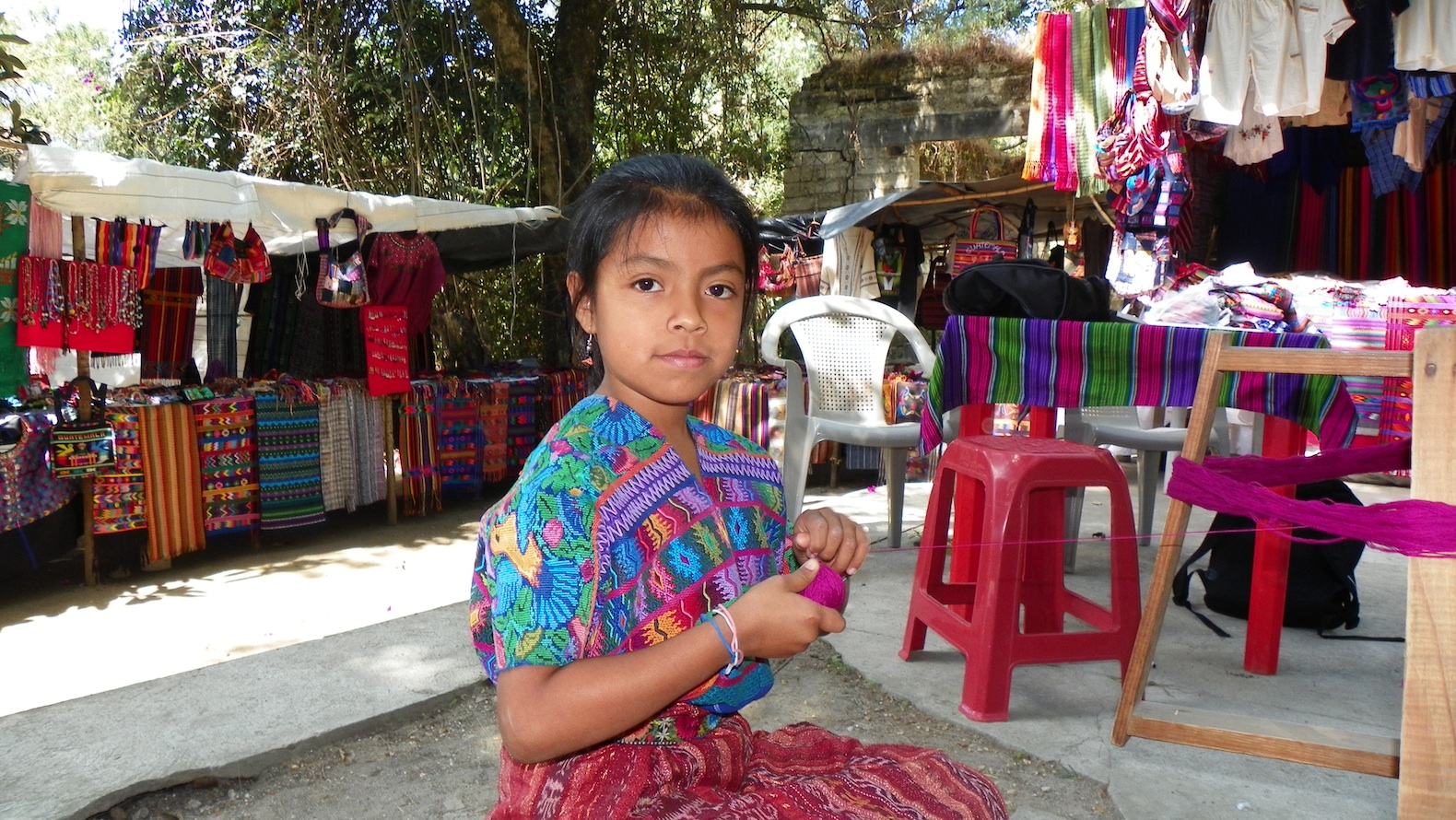
San Antonio Aguas Calientes Woman’s Weaving Cooperative
But this is the only place in the pueblo where the famous San Antonio Aguas Calientes Guatemala woven colors can be had. We walked through the entire pueblo and didn’t see a single locally-made item for sale. Clearly, this dense emporium is designed for the tour buses that descend on the pueblo with the objective being: get as many tourists into the store so that they can buy as quickly as possible and then herd them back on the bus to the next “quaint” pueblo.
While there are many authentic “tipica” items, there is a lot of stuff here that is factory made and can be found just about anywhere in Guatemala. You don’t have to be a textile expert to see that.

Mayan Weavers Designs
On the whole, we enjoyed sauntering around the pueblo because there were no tourists there and it’s always interesting to see a new place. So by all means, go to Guatemala Weavers San Antonio Aguas Calientes. Next time we go we will seek out the hot water (aguas calientes) for which this town is also famous and will share a few lines on the subject with you.

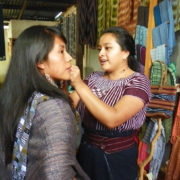
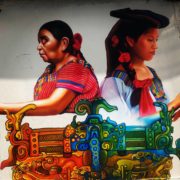
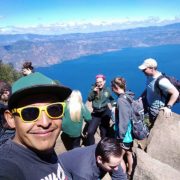 Ethical Fashion Guatemala
Ethical Fashion Guatemala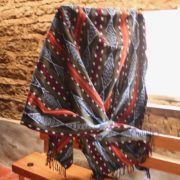
 Ethical Fashion Guatemala
Ethical Fashion Guatemala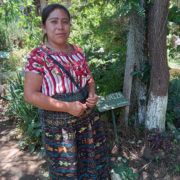 Ethical Fashion Guatemala
Ethical Fashion Guatemala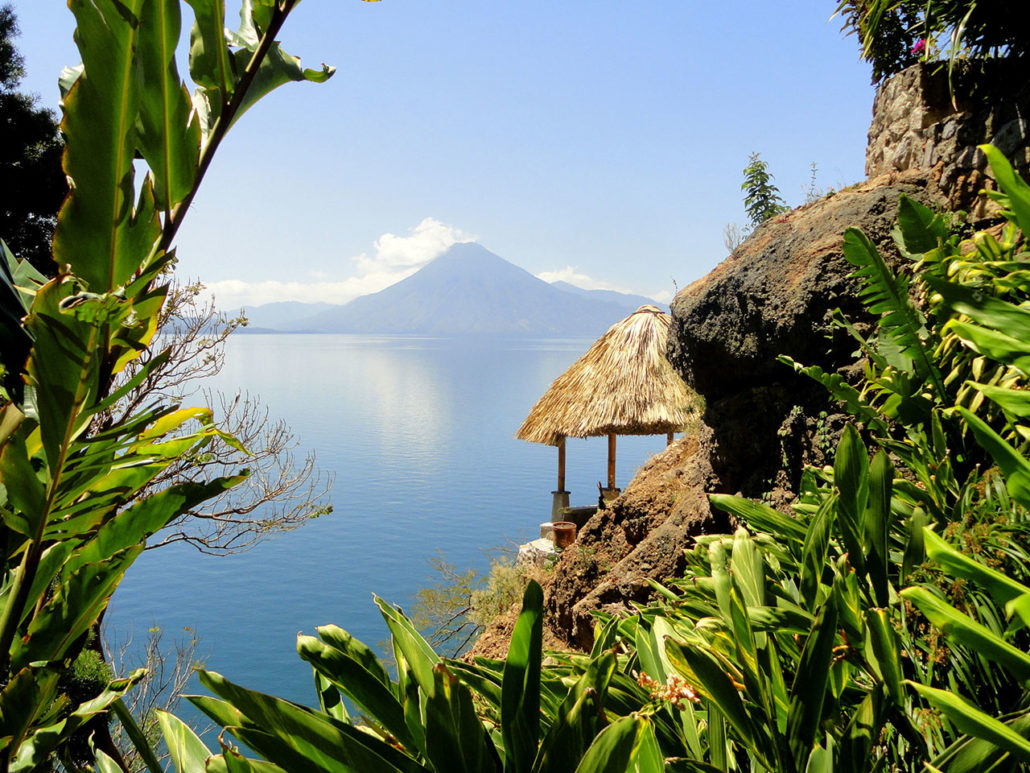 Ethical Fashion Guatemala
Ethical Fashion Guatemala

Leave a Reply
Want to join the discussion?Feel free to contribute!